Traditional Radio vs. Streaming Audio
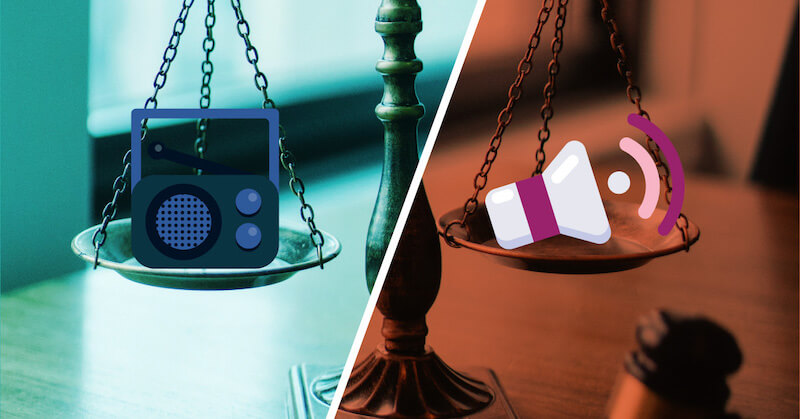
Streaming audio revenue grew a staggering 58% in 2021. Believe it or not, the growth of digital audio in 2021 even outpaced streaming video! With streaming audio being so red hot, it’s easy to wonder: is streaming audio really – as the Guardian put it – killing the radio star?
Not so fast. It’s true that listening habits have shifted a bit over the years, especially because of the pandemic. People spent more time at home and less time commuting. But what we don’t know yet is how permanent those changes will be. Many people are returning to the office, and with that comes a return to their commute, with the radio at their fingertips.
So while there are of course many unknowns, one thing is clear: there’s no need to suspect that radio is dying out. Radio is alive and well, and the rise of streaming is nothing to fear. Both traditional broadcast radio and streaming have their strengths and challenges – in fact, they can be complementary.
Here’s the breakdown of what you need to know about traditional radio vs. streaming audio:
Cost – Traditional radio vs. streaming audio
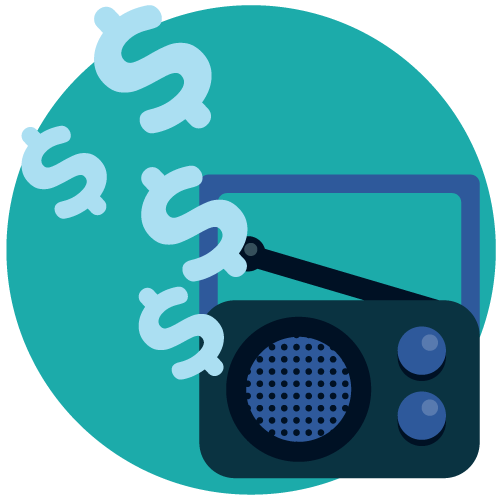
Traditional radio
For listeners, there is basically no financial barrier to entry. Anyone with a car has access to a radio. Most radio stations also now give you the ability to stream their broadcast live via your computer or mobile device. While of course you can buy a standalone radio, the real benefit of radio lies in the fact that you don’t have to! It’s easy to tune in on devices you already have – and you’ve got options.
(For more about the cost of radio for advertisers, you can check out our radio rundown here.)

Streaming audio
Cost is one area in which, for listeners, these two mediums are more or less equal. Like traditional radio, you can listen on devices you already own, and like traditional radio, the cost of streaming is very low. It can often be free, but the free platforms and plans are typically supported by ads. There are of course paid options available, which usually give listeners the ability to opt out of ads.
Accessibility/Reach – Traditional radio vs. streaming audio
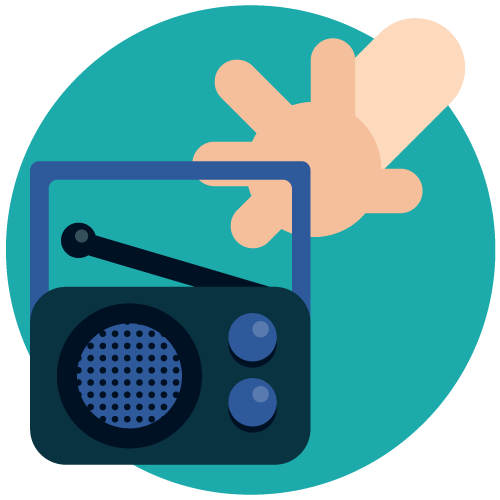
Traditional radio
For sheer accessibility, it’s hard to beat traditional radio. Especially because of their presence in cars everywhere, radios are easily accessible to nearly the entire US population. You can turn on the radio with the touch of a single button. Most cars give you the ability to pre-set your favorite stations, so there’s no need to waste time scrolling through your phone, looking for the ideal song or streaming station for your mood. When it comes to traditional radio, press a button – maybe two – and you’re all set.
And clearly, that accessibility pays off. In 2020, a whopping 83% of Americans ages 12 or older listened to terrestrial radio in a given week. A 2020 report by Edison Research also found that terrestrial radio is still the biggest player when it comes to audio consumption. Radio accounted for 39% of audio consumption for people 13 and older, beating out streaming audio, podcasts, satellite radio, and more.
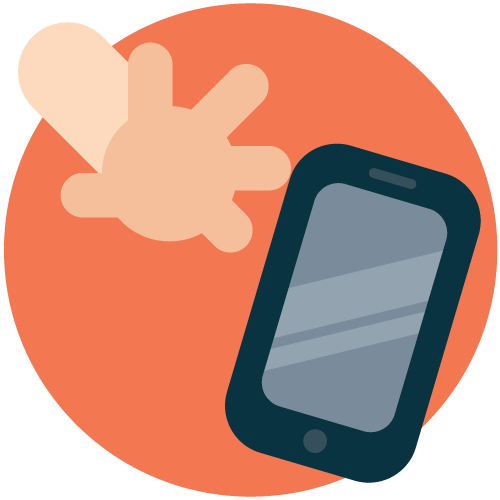
Streaming audio
Though it’s hard to beat traditional radio for pure accessibility, streaming isn’t far behind. 85% of Americans now own a smartphone, roughly half own a tablet, and 77% own a desktop computer or laptop. Anyone with access to any one of those devices has access to streaming audio. Though it’s not as simple as pressing a button in your car – you’ll need to search for your preferred streaming service, and likely download an app or two to get started – you generally don’t need to be super tech savvy to enjoy streaming audio.
68% of the total US population 12+ listen to digital audio at least monthly – a number that goes up with each successive generation. 83% of all listening done by Gen Z-ers is digital, and digital listeners listen 43% more than non-digital listeners. So, while radio isn’t going anywhere, any cursory glance at the listening habits of teenagers will show you that digital is poised to have a powerful presence in the future.
Programming – Traditional radio vs. streaming audio
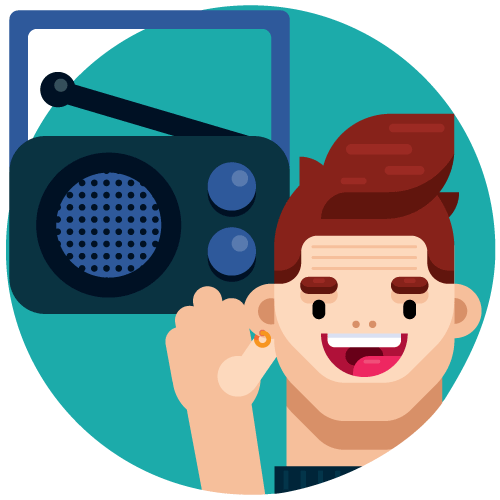
Traditional radio
While there can be some overlap in the type of content you’ll find on streaming audio vs. traditional radio, for the most part, they’re trying to do different things. Traditional radio fans are often tuning in to hear specific radio personalities, their favorite genre of music, and of-the-moment news. While many people stream podcasts to hear reactions to current events, the news itself will actually break on traditional radio. Radio has a well-deserved reputation for being a dependable, trusted news source. Generally speaking, the more local and focused the news source, the more trusted they are. So, rest assured, local radio stations aren’t going anywhere. They’re familiar, reliable, timely, and trustworthy.
Traditional radio is also great for music lovers. Interestingly, while streaming radio is known for using algorithms to expose listeners to new songs they’ll enjoy, traditional radio can actually accomplish the same thing. 65% of those surveyed in 2019 said that listening to their favorite AM/FM radio station helped them pick new songs to stream. That number is six points higher than it was just five years earlier.
Another benefit of radio? Since it’s live, the ads are always unskippable. If you’re considering adding some kind of audio to your advertising mix, that’s worth taking into account.

Streaming audio
On the other hand, one benefit of streaming audio is that it can fill a very specific niche. Streaming listeners are actively seeking out specific content. Of course there are benefits to the wide appeal of traditional radio, but the specificity of streaming audio means that you’re likely to get a very engaged audience. Think of the difference between the engagement level of someone who puts the radio on in the background for their 20-minute commute, and someone who tunes in weekly to a specific niche true crime podcast. As noted earlier, digital listeners spend much more time with their audio than traditional listeners. Since the content can be tailored exactly to their taste, it’s no wonder.
Also, unlike traditional radio – which is ephemeral and of the moment – streaming content such as podcasts are evergreen. If you miss some listeners the first day your content is released, there’s no need to worry. People can always catch up at a later date, and the ads can be updated accordingly to make sure they’re presenting the latest offers.
As you can see, when it comes to traditional radio vs. streaming audio, just like with traditional and digital media in general, there is no need to pit them against each other. Both have their strengths and challenges, and can actually give each other a boost. Any well-rounded audio campaign should seriously consider both traditional and streaming in trying to accomplish their goals.


